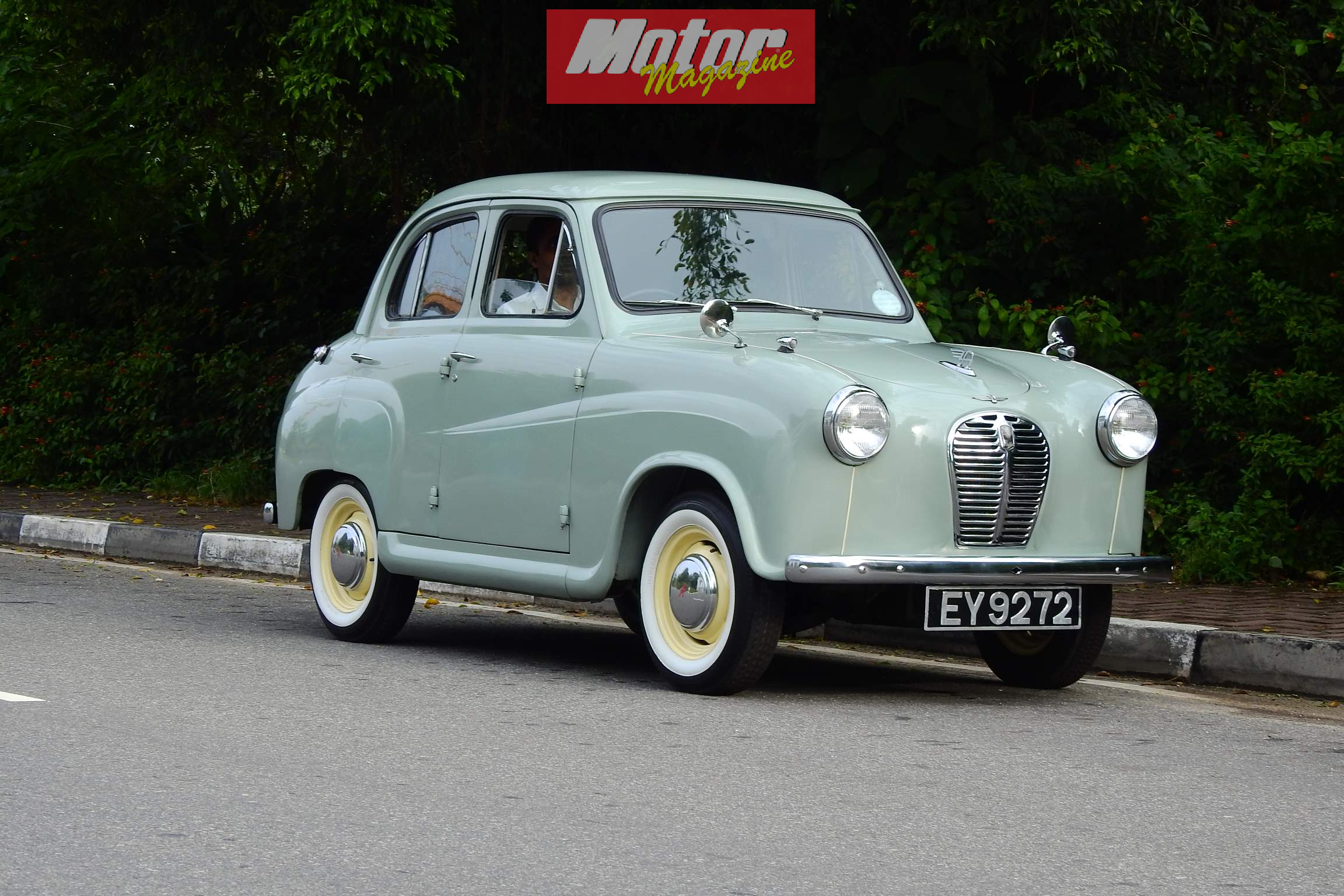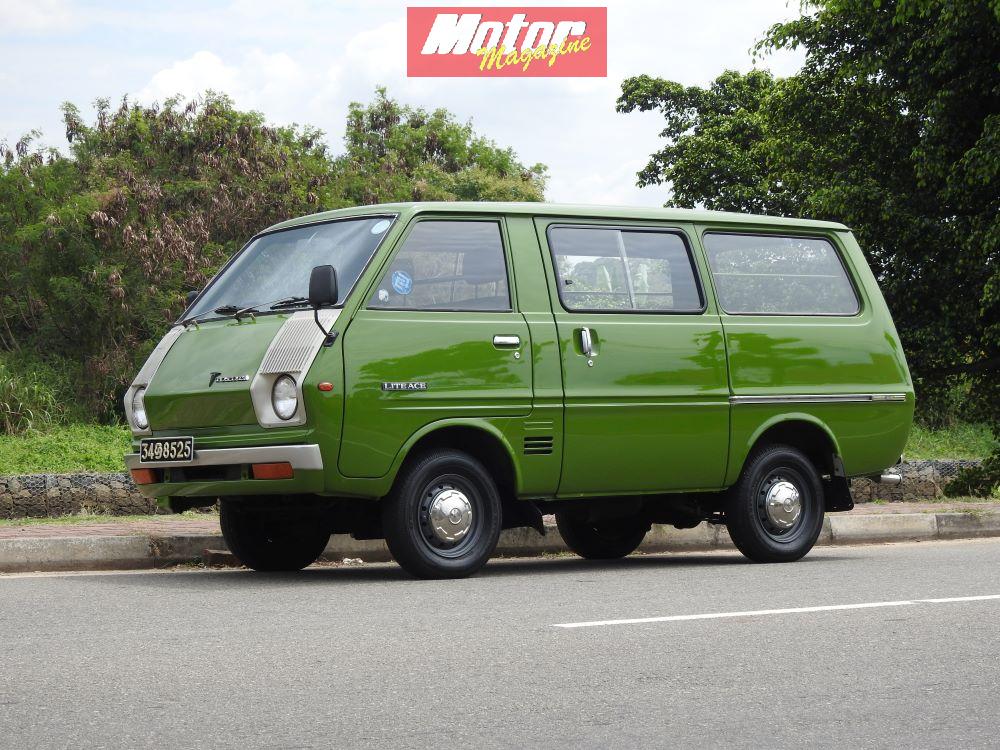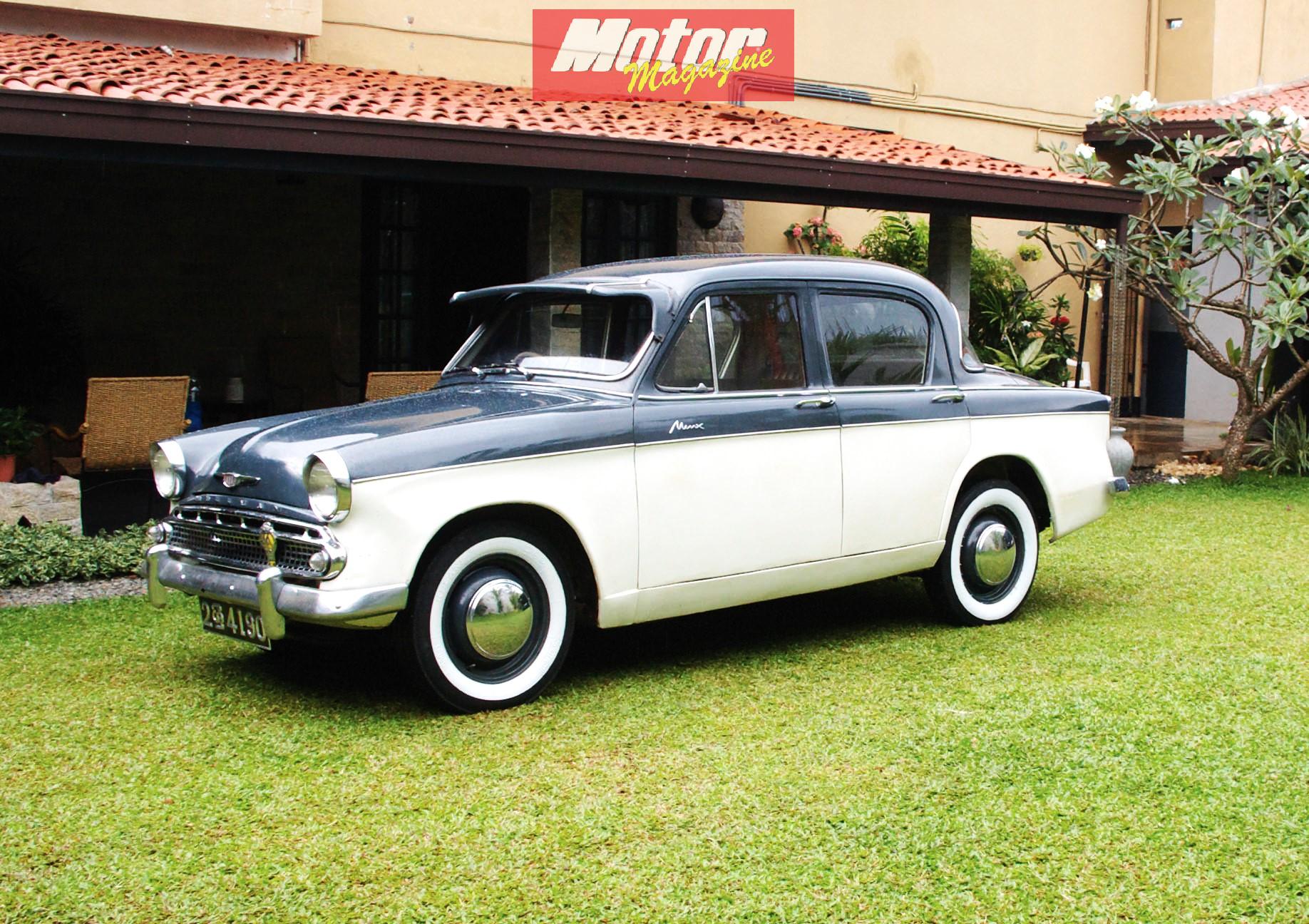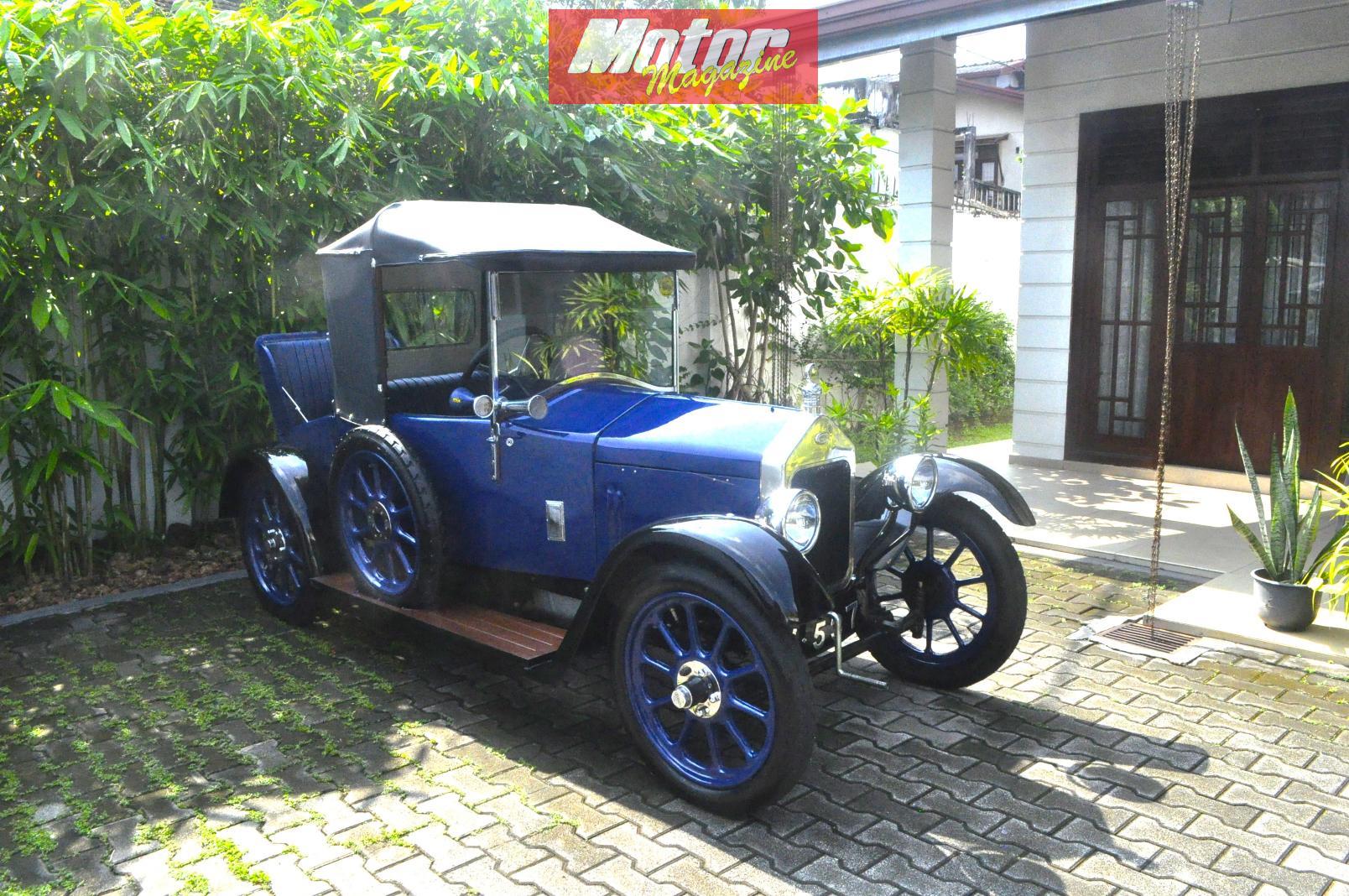1952 Austin A30
A stunning, near mint condition A30 is indeed a sight to behold!

Published on 29 Dec 2021

As we are carrying out the photo-shoot for this car on a nice Poya morning, a gentleman rides past on a bicycle. “Nice car, Austin A30” he calls out. Recognition of popular classic cars in Sri Lanka has always been high, but the A30 wasn’t nearly as popular as later Austins, so it’s quite a surprise for us, as well as owner Nishantha Iddamalgoda of Stafford Motors who is sitting proudly in the driver’s seat, moving it around as we capture this pert little thing from all angles.

The Austin A30 Seven made its debut at the 1951 Motor
Show in Earls Court, London, This is the car that introduced the A-Series engine
to the world, and a 12-volt electrical system at a time when six volts was
still common. The A30 ran for just five short years until the upgraded A35
replaced it in 1956. It was produced as a two-door saloon, estate and van, or
four-door saloon which is what we have here. We said pert. How pert exactly?
How does 3.47 meters long and just 1.4 meters wide grab you? Those are
basically kei car dimensions! Arriving on a car transporter, the car looks
almost comically small on something more suited to carrying mid-size luxury
sedans and SUVs.
The power-plant is a dinky little 803cc in-line four of what we know as the A-Series. The pushrod operated overhead valve engine was fed by a single Zenith carburettor, and it drove the rear wheels through a four-speed manual transmission. The power output was 28bhp at 4,400rpm and 54Nm of torque was developed at 2,200rpm. The low compression ratio of 7.2:1 was conducive towards the poor quality of Fifties fuel; the UK national fuel in 1952 was recorded as reaching as low as 70.

Test performance figures by an automotive publication at the time revealed a top speed of 100km/h and it took 29 seconds to get to 80km/h. This is considered pedestrian nowadays, when even a 660cc kei car can reach 100km/h and beyond but was ample for Fifties mainstream British compact or family cars, and the speedo on the A30 only goes up to 70mph anyways.

Nishantha’s car is fastidiously maintained and looks spectacular, inside, and out. When he purchased it on 29th March 2018, the car was a total non-runner, with extensive corrosion, a seized engine and non-functional brake system. Contrast that to the way it looks today!
The entire project was completed in December 2020 and Nishantha carried out much of the work by himself. As with many older carburetted engines, the cold start takes a little time but once the engine has warmed up, a quick thumbing of the starter button sees her spring to life into an enthusiastic and smooth idle every time.

What’s even more impressive is that everything works, right down to the little details that many classic car enthusiasts spend a lot of time, effort, and great pains to achieve. As we slowly motor up the road, the speedometer is indicating our speed in miles per hour. The brake lights illuminate as he slows to take a turn for our moving photography.

The illuminated semaphore smartly pops out of the B-pillar as he indicates for the turn. The sheer attention to detail is truly impressive. He tells us that he has undertaken trips on the expressway as well in it; albeit at slower speeds as the brakes are hydraulic on the front wheels, but mechanical on the rears, so one must take it easy and continuously anticipate potential hazards on our roads when driving the A30.

Interestingly, some A30s were shipped to Melbourne, Australia as CKD kits where they were assembled and sold in the local market by the Austin Motor Company (Australia) Pty Ltd between 1954 and 1956.

















